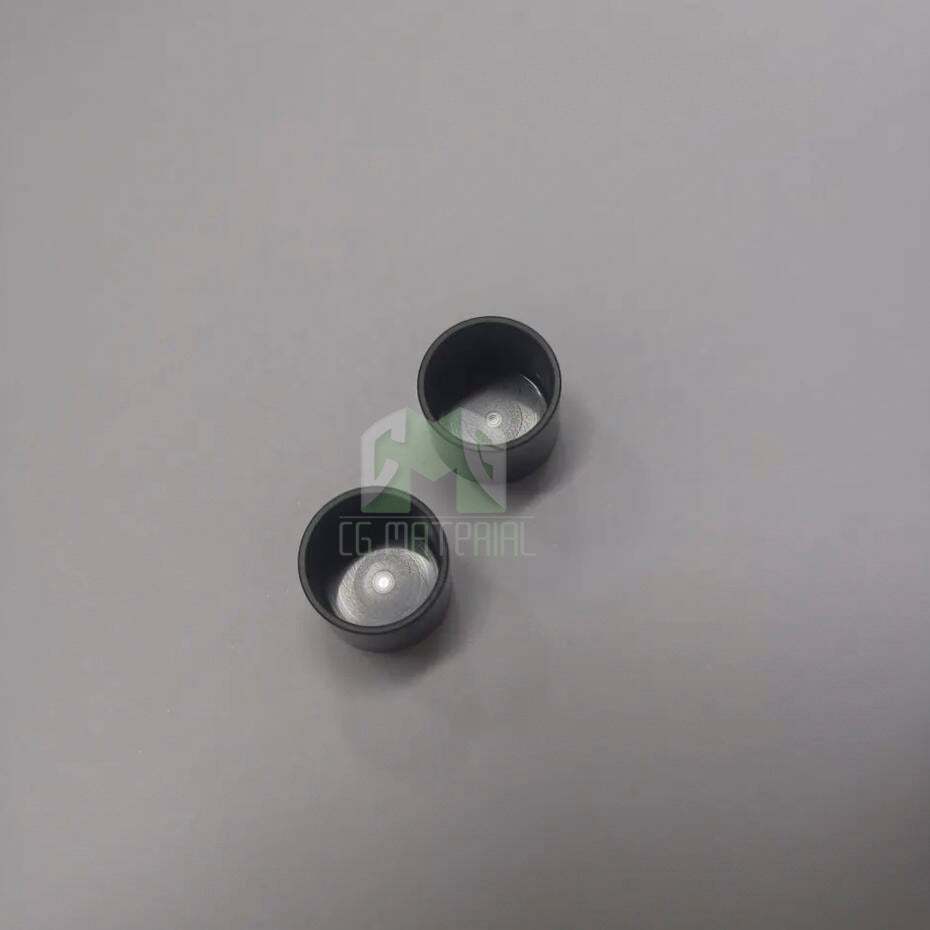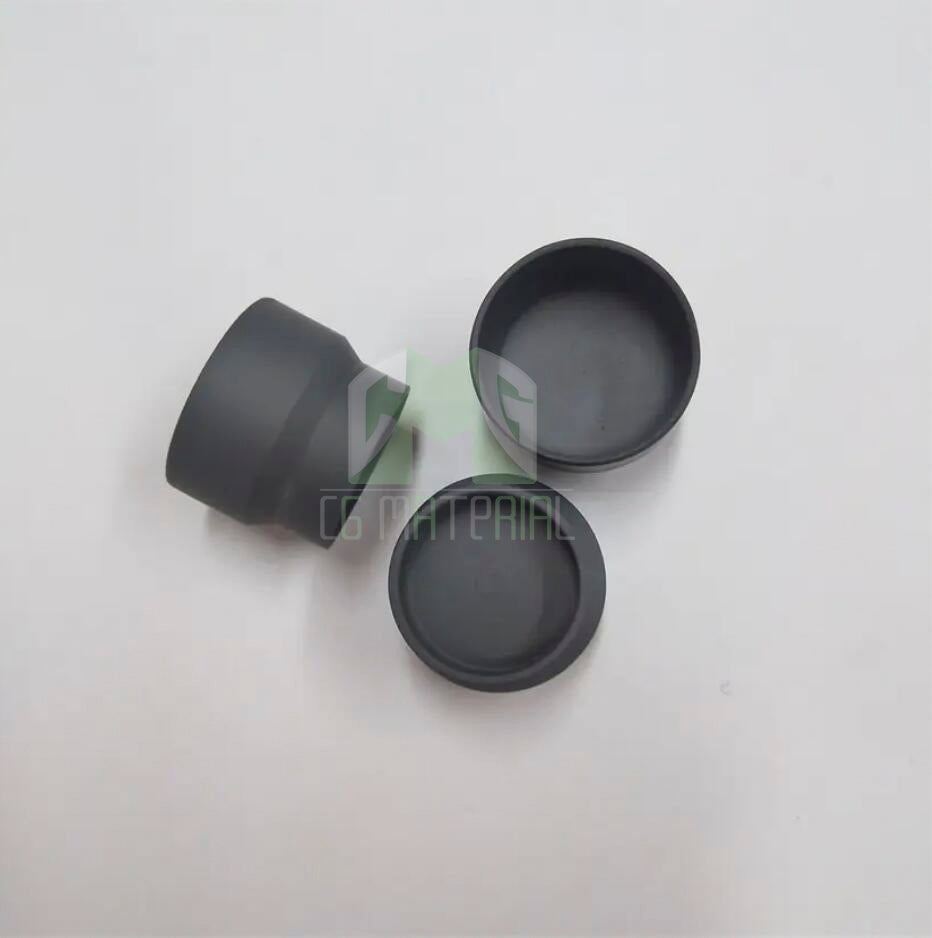CG MATERIAL
Silicon Carbide Insert, SiC Insert
Silicon Carbide Insert, SiC Insert
Silicon Carbide (SiC) Inserts are high-performance mechanical components that are commonly used in various industries for their unique properties. SiC Inserts are made of silicon carbide material, which is a high-strength ceramic material that offers excellent hardness, wear resistance, and thermal shock resistance.
SiC Inserts have a number of benefits over traditional insert materials like steel or tungsten carbide, including their ability to withstand high temperatures and aggressive chemicals, their low coefficient of thermal expansion, and their resistance to thermal shock. They are also known for their high mechanical strength and durability.
SiC Inserts are commonly used in applications where high-temperature processing is required, such as in the metallurgical industry for processing molten metal. They are available in a variety of sizes and shapes to fit different types of equipment, and they can be customized to meet specific application requirements.
SiC Inserts are known for their long lifespan, making them a cost-effective choice for high-temperature processing applications. They are also resistant to many types of chemicals, making them an ideal choice for corrosive environments.
Overall, SiC Inserts are an excellent choice for high-temperature processing applications that require high-performance, long-lasting inserts that can withstand extreme conditions and provide reliable operation. They are an ideal choice for use in the metallurgical industry where high durability and reliability are required.
Silicon Carbide Ceramics Properties
| Compound Formula | SiC |
| Molecular Weight | 40.1 |
| Appearance | Black |
| Melting Point | 2,730° C (4,946° F) (decomposes) |
| Density | 3.0 to 3.2 g/cm3 |
| Electrical Resistivity | 1 to 4 10x Ω-m |
| Poisson's Ratio | 0.15 to 0.21 |
| Specific Heat | 670 to 1180 J/kg-K |
Silicon Carbide Ceramics Specification
| CAS#: 409-21-2, Not Hazardous | |||
| Powder, F.W. 40.10, m.p. 2700 °C, Spec. Gravity 3.217 gm/cm3 | |||
| Item No. | Description | Purity | Lot Size |
| CB14-85 | Silicon Carbide Powder Particle Size:18, 30, 40 or 200 mesh |
> 85 % F.C. < 2.5%, Fe2O3 < 2%, Al2O3 < 1.2% |
Customize |
| CB14-90 | Silicon Carbide Powder Particle Size:18, 30, 40 or 200 mesh |
> 90 % F.C. < 1.5%, Fe2O3 < 1.2% |
Customize |
| CB14-98 | Silicon Carbide Powder Particle Size:18, 30, 40 or 200 mesh |
> 98 % F.C. < 0.6%, Fe2O3 < 0.7% |
Customize |
Silicon Carbide Ceramics Applications
Until the invention of boron carbide in 1929, silicon carbide was the hardest synthetic material known. It has a Mohs hardness rating of 9, approaching that of a diamond. In addition, SiC crystal has fracture characteristics that make them extremely useful in grinding wheels and in abrasive paper and cloth products.
Its high thermal conductivity, together with its high-temperature strength, low thermal expansion, and resistance to chemical reaction and thermal shock, makes silicon carbide valuable in the manufacture of high-temperature bricks and other refractories.
SiC ceramic is also classed as a semiconductor, having an electrical conductivity between that of metals and insulating materials. This property, in combination with its thermal properties, makes SiC a promising substitute for traditional semiconductors such as silicon in high-temperature applications.
Silicon Carbide Insert Specifications
|
Type |
Material |
Description |
|
Sintered Silicon Carbide (S-SiC) |
Basic pure SiC |
Purity of SiC > 98% Hv: 26 GPa |
|
Graphite impregnated |
15%~20% content of Graphite |
|
|
Porous |
Better friction resistance |
|
|
Reaction Bonded Silicon Carbide (RB-SiC) |
Basic SiC |
Purity of SiC > 88% |
|
Graphite impregnated |
20%~30% content of Graphite |
Silicon Carbide Insert Applications
– can be applied in areas such as semiconductor and coating.
– an ideal material for pump gaskets.
– can be used to manufacture quartz bangers
Packaging
We handle our products with care to ensure they remain in their original condition during storage and transportation and to preserve their quality.














